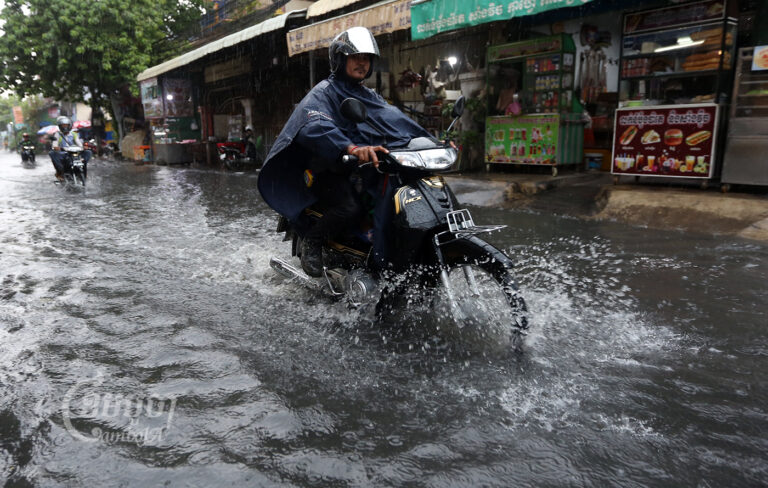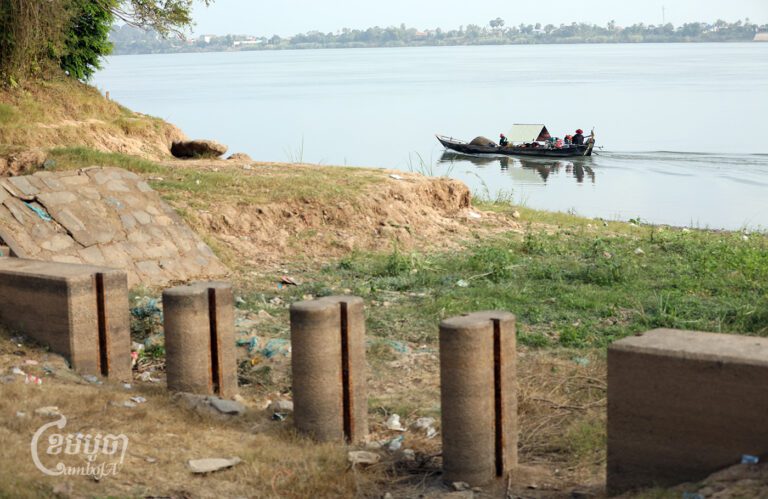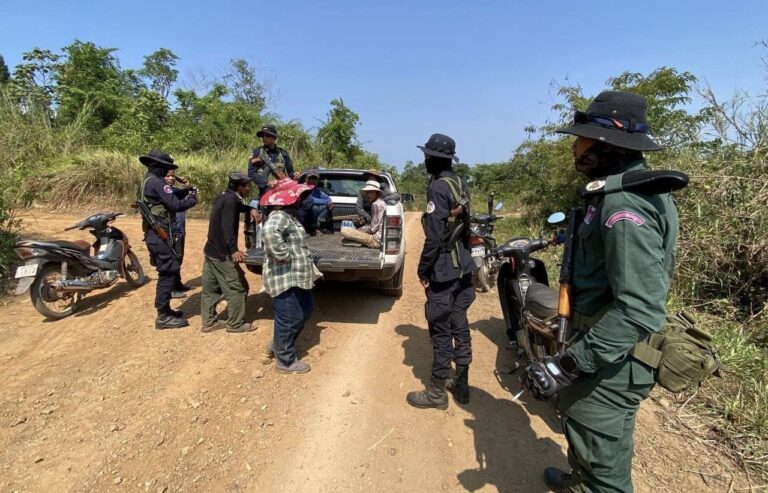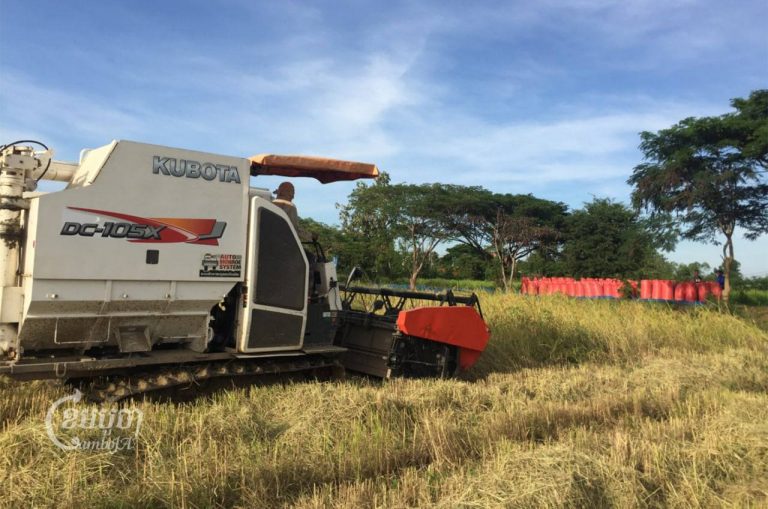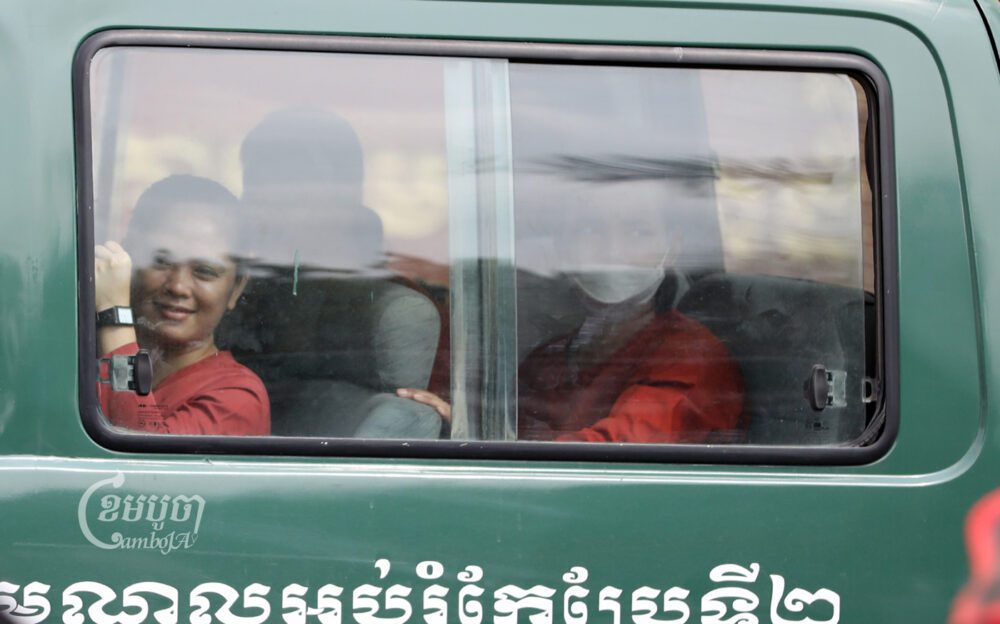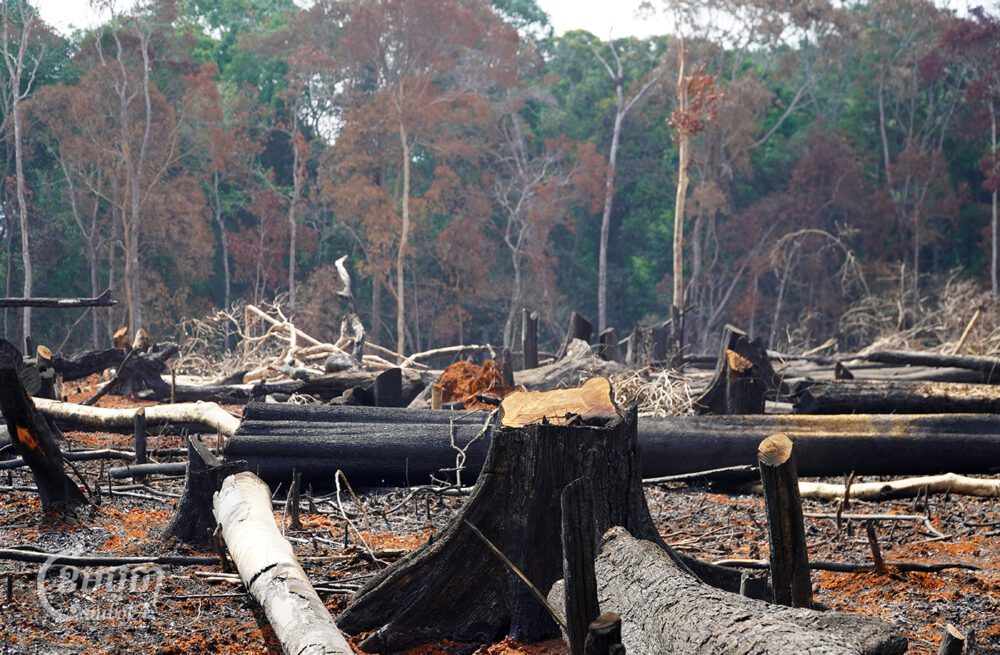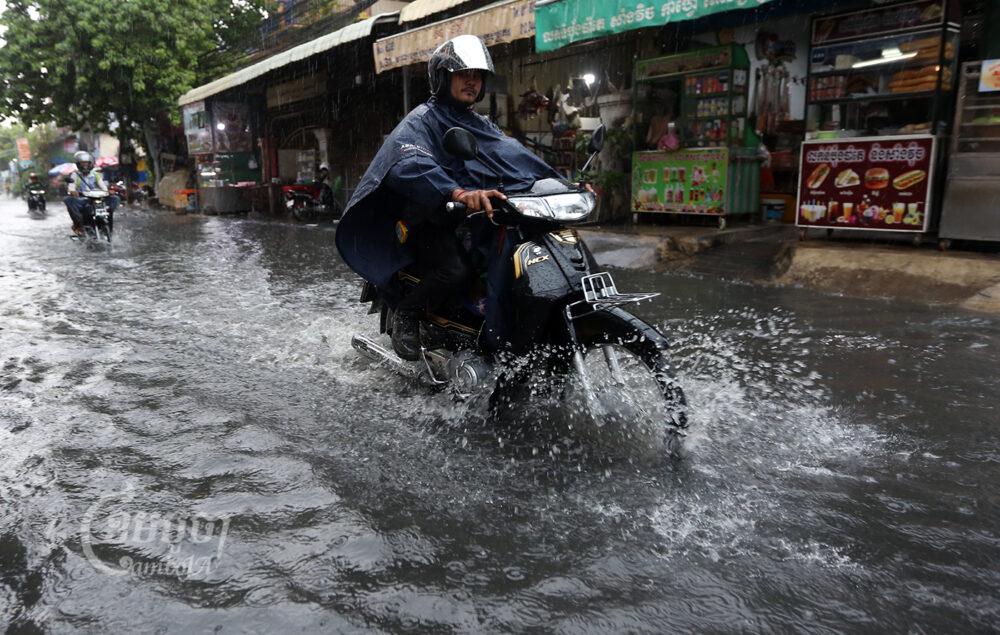Cambodia’s long term economic growth faces significant threats from climate change and could dampen prospects for becoming an upper-middle income country in the coming years, according to the Asian Development Bank (ADB) report issued last week.
At least 10% of Cambodia’s GDP would be lost by 2050 due to extreme weather events and rising temperatures, the ADB predicted.
“Cambodia is rendered highly vulnerable to climate change by geography, weak governance and high dependence on climate-sensitive pursuits,” the report said.
People dependent on agriculture and fishing are most vulnerable to the economic impact of climate change, the report highlighted. According to USAID, six out of ten Cambodian live in rural areas and 77% of rural households rely on agriculture, fisheries, and forestry for their livelihoods. There are an estimated 1.7 million farming households in Cambodia, according to the government’s 2019 Cambodia Inter-Censal Agriculture Survey.
Cambodia’s economy is projected to accelerate this year at 5.5% and 6% in 2024, boosted by tourism recovery. But the effects of climate change on infrastructure like roads also threaten Cambodia’s other key industry, tourism, ADB noted.
Fishermen Sen Saveth, from Kampong Chhnang’s Kampong Tralach Leou fishing community, said the unpredictability of the weather and the diminishing flow of the Tonle Sap river due to upstream hydroelectric development and climate change, were already making it harder for him and his neighbors.
“When there is not enough rain then farmers need to take water to fill their rice fields, so it makes shallow water which is hard for fisheries to survive,” Saveth said.
“Last year we caught more fish because we had much rainfall, but we cannot predict this year and we are worried that it may be hard as the weather is getting hot,” he added.

Long Sochet, Network Coordinator of Coalition of Cambodia Fishers working with 116 Tonle Sap communities, said that while fisheries produced an increased yield in 2022 this was not sustainable due to rising drought periods and up-stream Mekong development, along with illegal fishing practices.
“If this year the water is small, it will be hard for fishers,” he said. “The destruction of flooded forest is causing a loss of fish spawning grounds and a declining fisheries yield as rivers get shallow. Climate change causes an increase in temperature, making water warmer and hampering fish lives and spawning.”
The heavy rainfalls may have boosted an ailing fishing industry last year, but also caused a surge in floods that damaged more than 200,000 hectares of rice fields last year, Phnom Penh Post reported.
“Climate change is expected to increase the frequency and intensity of flooding and drought, raise average temperatures and sea levels, and worsen saline intrusion,” the ADB’s reported, noting Cambodia is at a particularly high risk for flooding due to its extensive plains.
Soy Channa, a farmer in Kampong Chhnang province, said that last year one hectare of his rice field and other crops were damaged by flooding. He only harvested two tons of rice, less than half his normal yield.
“I depend on farming and planting crops for livelihood, flood occurred in November, which was the harvest season and made me lose more than 2 million riels ($492) last year,” he said.
Another farmer from Kampong Chhnang province, Chan Sophal, said her fields were not exposed to floods, but impacted by drought.
“Today it is becoming more and more difficult due to the climate change which causes flooding and drought,” she said, “Farmers also face debt because we have to borrow money for farming and spend it all when harvesting,” he said. “Not only for me, now farming costs a lot, the yield is all paid off and we still owe [debt].”
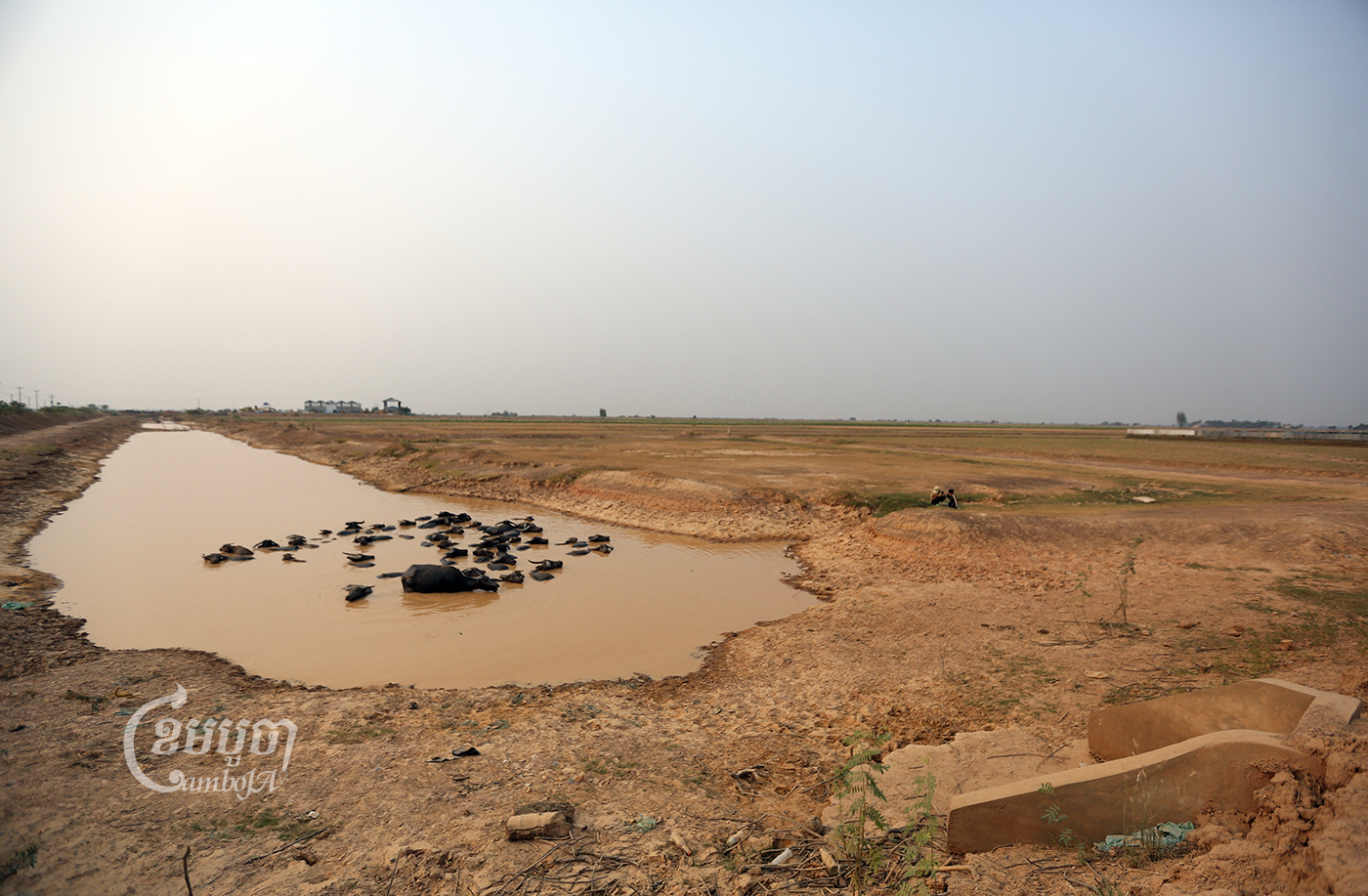
While Cambodia has made improvements in enhancing its climate resilience, the ADB ranked the Kingdom 149th out of 182 countries as of last year. Much also depends on cooperation with neighbors to confront development that will exacerbate impacts of climate change on fishers and farmers.
At its fourth annual summit in Laos last week, the Mekong River Commission urged better safeguarding of the Mekong river, announcing “it is time to move past aspirational words, and focus on taking action that makes a meaningful difference.”
The commission, comprising Cambodia, Laos, Thailand and Vietnam, said that while the hydropower, rice and aquaculture production have increased and improved socio-economic conditions, millions of fishing and farming families in MRC member countries relying on the waterway for food and livelihood were hardest hit by the adverse impacts to the Mekong. Upstream neighbors China and Myanmar control 11 dams impacting the commission’s members.
“Mobilizing political will remains crucial,” said Bounkham Vorachit, the Laotian Minister of Natural Resources and Environment. “Equally important is to be forward-thinking and a willingness to consider innovative ways to approach local, regional and international cooperation.”
The stretch of the Mekong near Phnom Penh is critical for fish that migrate during breeding season from the lower Mekong up to the Tonle Sap lake. These fish are important for feeding tens of millions of people, but changes to the river impede their migration pathways.
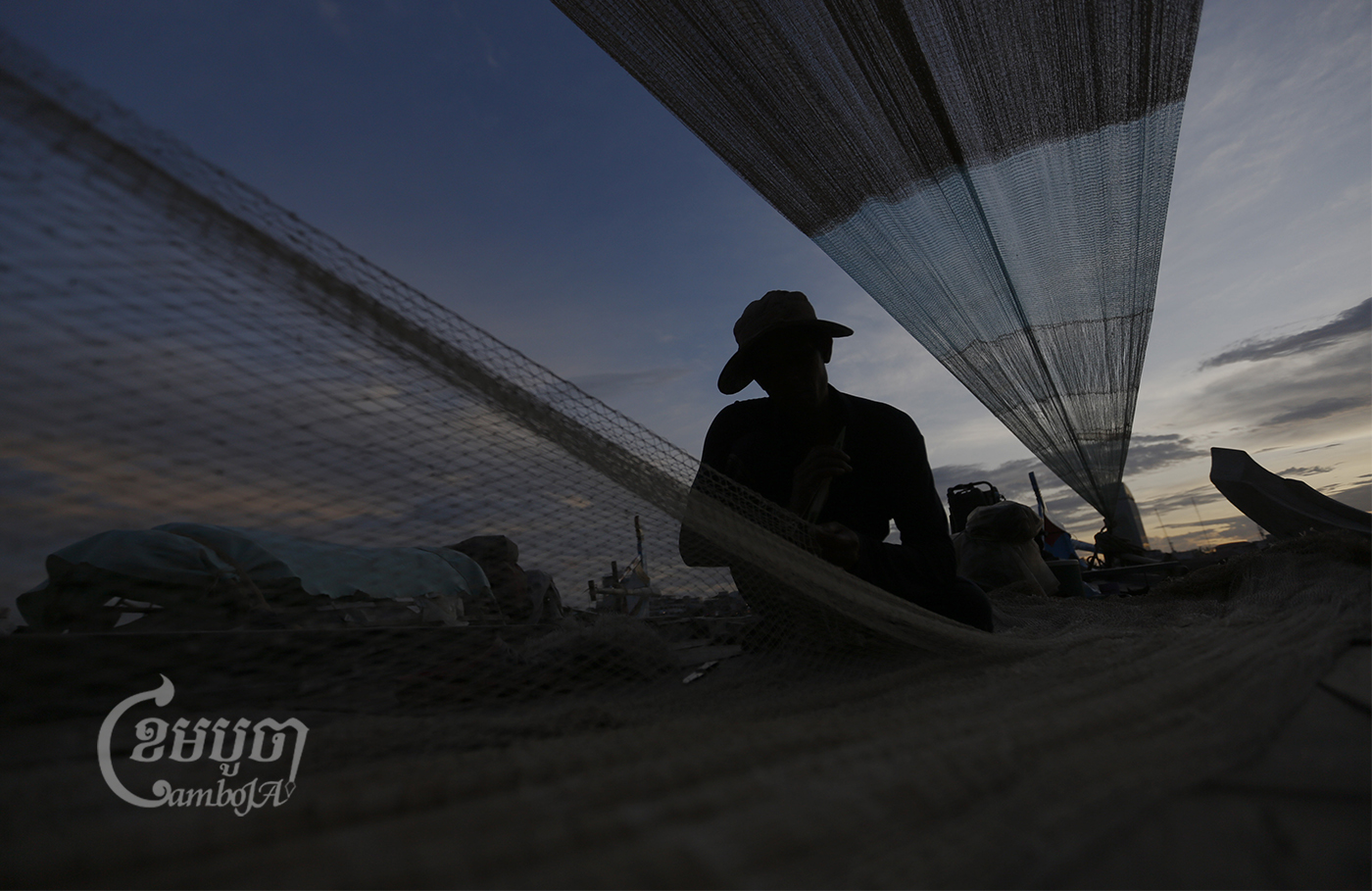
While Tonle Sap fishermen have been victims of upstream development beyond Cambodia’s borders, Cambodia has also altered the Mekong for its own development and financial gain for elites. Besides allegedly reopening international sand mining exports last year after establishing a supposedly permanent ban in 2017, developments like a massive satellite city southeast of Phnom Penh are cutting into the Mekong with landfill.
The government has also, on paper, committed to pursuing green growth through its National Strategic Plan on Green Growth, 2013–2030 , focusing on efficient use of natural resources, environmental sustainability, green investments and jobs.
The ADB’s report shows that deforestation, expanding rice cultivation, and rising energy demand from industrial production have caused Cambodia’s carbon emissions to rise, even as Cambodia remains a comparatively low emitter of greenhouse gasses globally.
“Scaling up green investment in priority sectors would help Cambodia unlock its long-term growth potential,” the ADB reported.
Environment Ministry spokesperson Neth Pheaktra told CamboJA that “Cambodia has made progress in preventing climate change,” by focusing on forest protection, waste management and energy efficiency, while Agriculture Ministry spokesperson Im Rachana said her ministry was introducing stronger and higher yielding rice seeds and resilient farming techniques.
“What we are pushing hard for right now is promoting shade houses and breeding new crop seeds which can help farmers be more resilient to climate change,” Rachana said.
But neither ministry spokesperson responded to questions about the role of deforestation in worsening the impacts of climate change on Cambodia. Both ministries were involved in approving a new economic land concession leading to rampant but technically legal deforestation, revealed earlier this year. Cambodia continues to have high rates of deforestation, fueled by elites rushing to grab land inside protected areas.
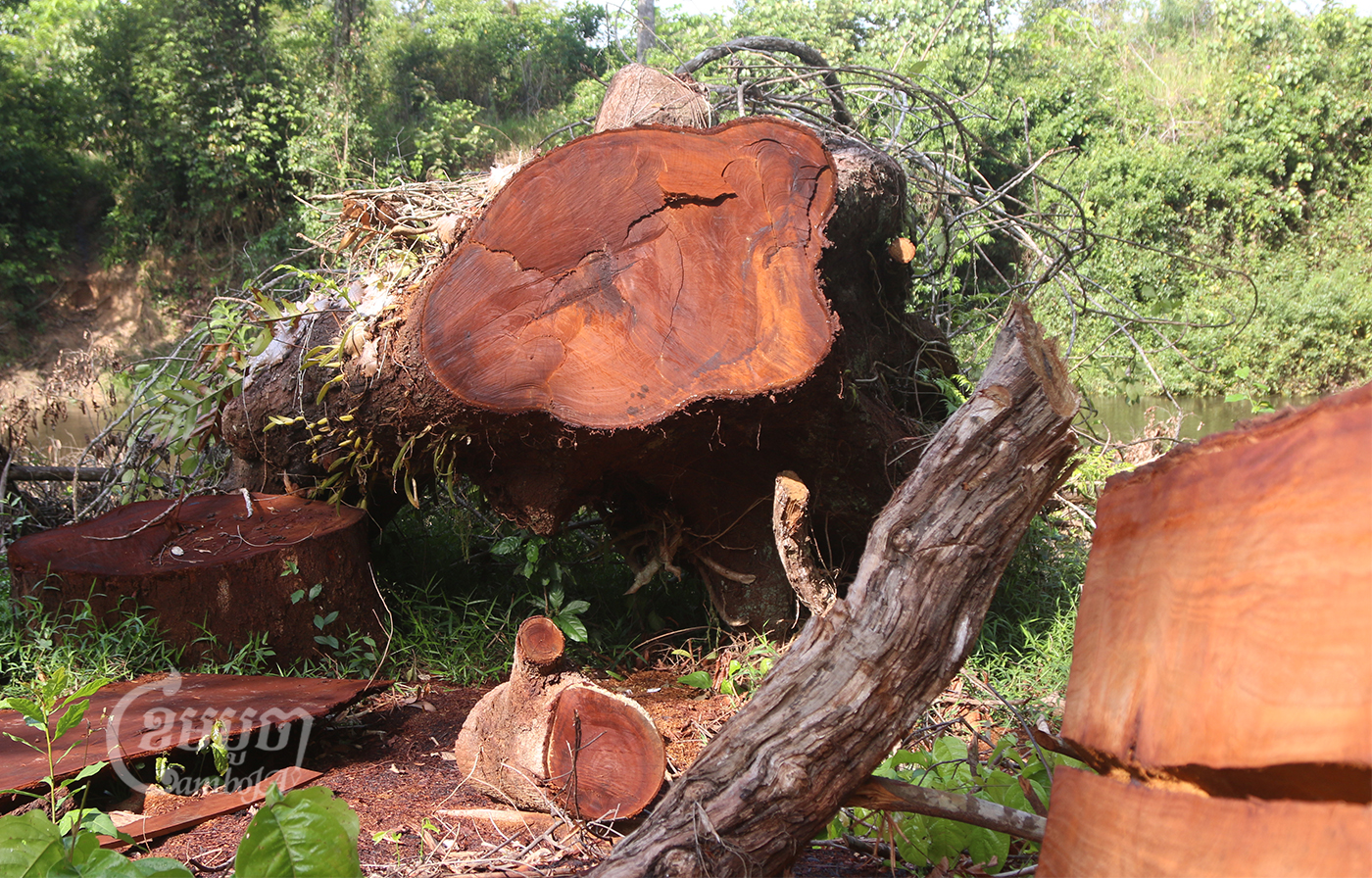
Cambodia Youth Network program manager Heng Kimhong said that deforestation is one of the major drivers of climate change, noting that in the last two decades, 14% of natural forest cover was destroyed and replaced by plantations. While he said Cambodia’s developing REDD+ carbon credit forests could provide a critical way to protect and monetize remaining forests, such projects remained “fragile if deforestation continues.”
“We cannot deny the fact that deforestation increased for the last two decades due to [economic land concessions] and illegal forest land encroachment caused by high corruption,” Kimhong said.




